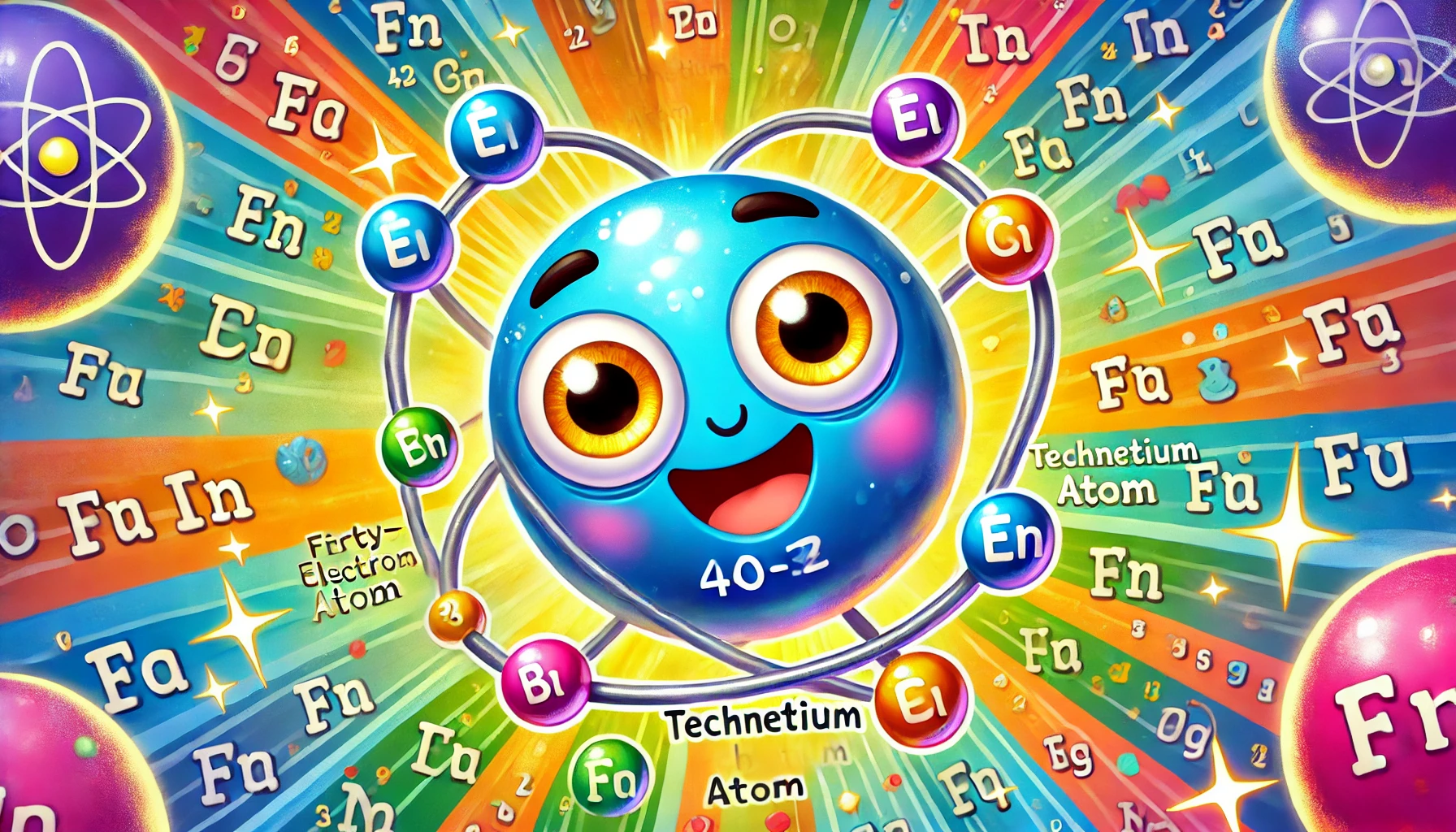Understanding Technetium: Properties, Uses, Health Risks, and Fascinating Facts
Understanding Technetium: Properties, Uses, Health Risks, and Fascinating Facts
Table of Contents
- Introduction to Technetium
- Properties of Technetium
- Uses of Technetium
- Health Risks of Technetium Exposure
- Interesting Facts about Technetium
- Environmental Impact of Technetium
- Conclusion
- References
Understanding Technetium: Properties, Uses, Health Risks, and Fascinating Facts
Introduction to Technetium Technetium is a chemical element with the symbol Tc and atomic number 43. It is unique because it is the lightest element that has no stable isotopes. Technetium was the first element to be artificially produced, hence its name derived from the Greek word “technetos,” meaning artificial. This article explores the properties, uses, health risks, and interesting facts associated with technetium, providing a comprehensive understanding of this fascinating element.
Properties of Technetium Technetium is characterized by several distinct physical and chemical properties.
Physical Properties
- Appearance: Technetium is a silvery-gray metal with a metallic luster.
- Density: The density of technetium is 11.5 g/cm³.
- Melting Point: Technetium has a melting point of 2,157°C (3,915°F).
- Boiling Point: The boiling point of technetium is 4,265°C (7,709°F).
Chemical Properties
- Reactivity: Technetium is chemically similar to rhenium and manganese, forming various oxidation states. It is not found naturally in the Earth’s crust.
- Compounds: Technetium forms various compounds, such as technetium-99m (Tc-99m), technetium dioxide (TcO₂), and technetium hexafluoride (TcF₆).
Uses of Technetium Technetium has several applications across different industries due to its unique properties.
Medical Applications
- Diagnostic Imaging: Technetium-99m is widely used in nuclear medicine for diagnostic imaging. It is used in approximately 80% of all nuclear medicine procedures due to its ideal physical properties and short half-life, which minimizes radiation exposure to patients.
- Radiopharmaceuticals: Technetium-99m is used in various radiopharmaceuticals to diagnose and monitor diseases, including heart disease, bone disorders, and cancer.
Industrial Applications
- Corrosion Inhibitors: Technetium is used as a corrosion inhibitor in steel to prevent rust and degradation, especially in high-temperature and high-pressure environments.
- Research and Development: Technetium is used in scientific research to study the properties of elements and compounds, particularly in nuclear chemistry and physics.
Other Applications
- Metal Alloys: Technetium is sometimes used in metal alloys to improve their strength and resistance to corrosion.
Health Risks of Technetium Exposure Technetium, particularly its radioactive isotopes, poses health risks that need careful management.
Radiation Exposure
- Cancer Risk: Exposure to high levels of technetium radiation can increase the risk of developing cancer. Technetium-99m, however, is used in controlled, small doses in medical imaging to minimize risks.
- Organ Damage: Prolonged or high-level exposure to technetium radiation can cause damage to organs and tissues, particularly the liver and kidneys.
Inhalation and Ingestion
- Respiratory Issues: Inhalation of technetium dust can cause respiratory irritation, coughing, and shortness of breath.
- Gastrointestinal Issues: Ingestion of technetium compounds can cause gastrointestinal irritation, including nausea and vomiting.
Skin and Eye Contact
- Skin Irritation: Direct contact with technetium compounds can cause skin irritation and dermatitis.
- Eye Irritation: Exposure to technetium dust or solutions can cause eye irritation and potential damage.
Interesting Facts about Technetium Technetium has several intriguing aspects that make it a fascinating element.
Discovery
- First Artificial Element: Technetium was the first element to be artificially produced in 1937 by Italian scientists Carlo Perrier and Emilio Segrè. They discovered it in a sample of molybdenum that had been bombarded with deuterons in a cyclotron.
Unique Properties
- No Stable Isotopes: Technetium is the lightest element with no stable isotopes. All its isotopes are radioactive, with technetium-98 being the most stable, having a half-life of 4.2 million years.
Isotopes
- Technetium-99m: This isotope is widely used in nuclear medicine for diagnostic imaging due to its short half-life of six hours and gamma-ray emission, which makes it ideal for medical imaging.
- Technetium-99: A decay product of technetium-99m, it has a half-life of 211,000 years and is a significant component of nuclear waste.
Environmental Impact of Technetium Technetium, particularly technetium-99, can have environmental impacts due to its long half-life and radioactive properties.
Natural Occurrence
- Scant Occurrence: Technetium is not found naturally in significant amounts and is primarily produced in nuclear reactors and particle accelerators.
Nuclear Waste
- Waste Management: Technetium-99 is a byproduct of nuclear reactors and poses challenges for long-term waste management due to its long half-life. Proper containment and disposal are crucial to prevent environmental contamination.
Conclusion Understanding technetium, its properties, uses, health risks, and interesting facts provides valuable insight into this unique element. While technetium has significant medical and industrial applications, appropriate safety measures should be taken to manage its radioactive properties and associated health risks. Its applications in diagnostic imaging, corrosion prevention, and scientific research highlight its importance in modern technology and industry.

<ⓒ WizardMedics (wizardmedics.com)>


